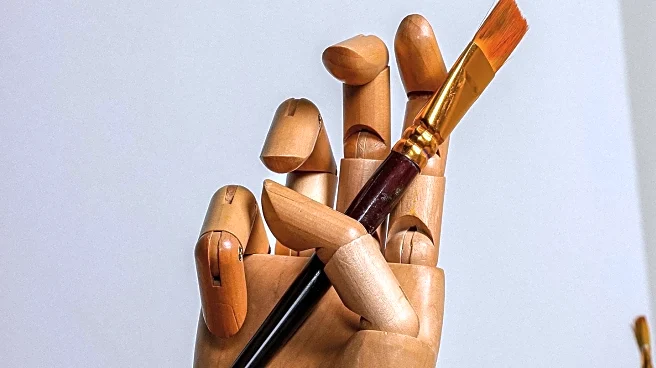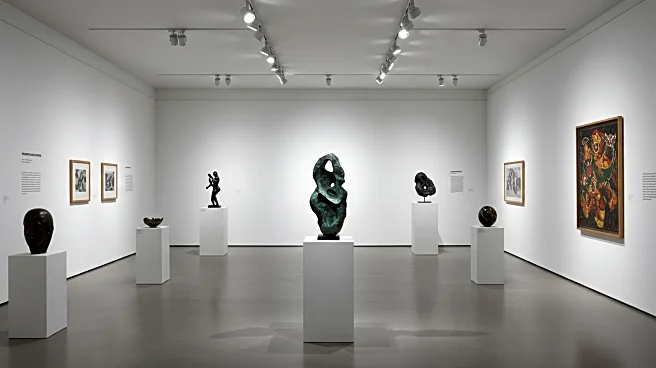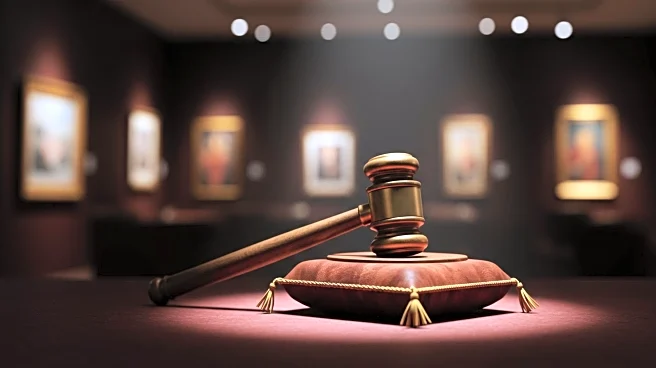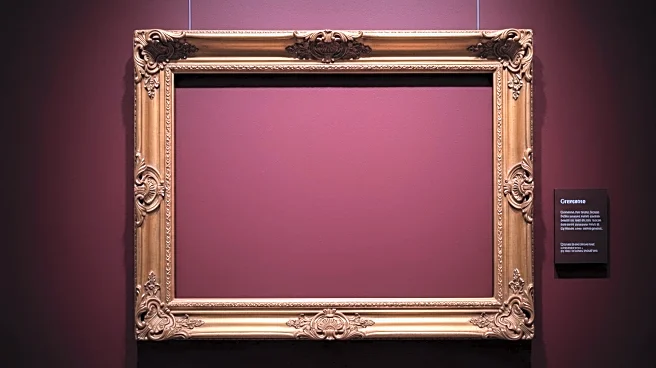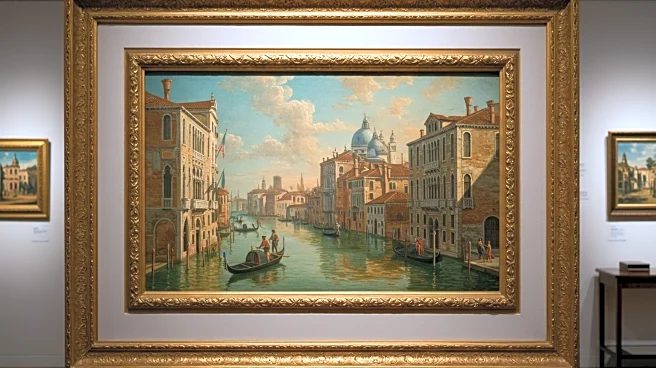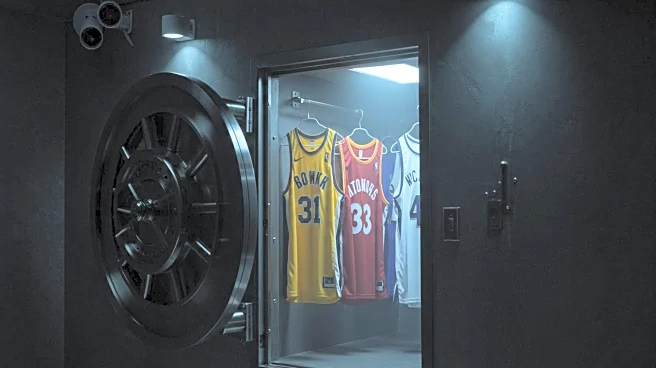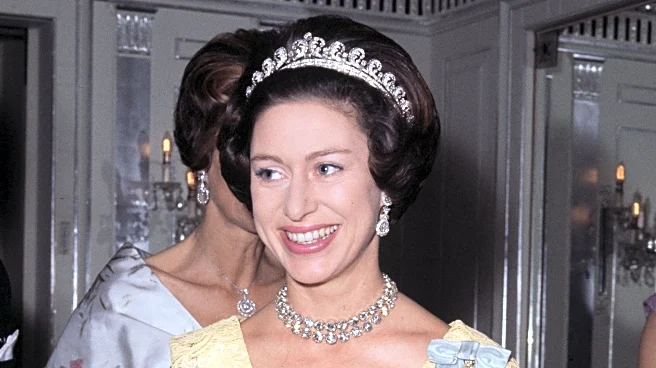Rapid Read • 6 min read
Auction houses are capitalizing on the current art market downturn by securing major estates and offering deals, while galleries face closures and financial challenges. Notable collections, such as those of Cindy Pritzker and Patricia and Robert Weis, have been acquired by Sotheby's and Christie's, respectively. These collections include high-value works by artists like Vincent van Gogh and Pablo Picasso. Meanwhile, galleries are struggling, with some offering significant discounts to attract buyers. The auction houses' ability to adapt and thrive highlights a growing divide between different segments of the art market.
AD
The contrasting fortunes of auction houses and galleries underscore the shifting dynamics within the art market. Auction houses' success in securing high-profile estates and maintaining sales momentum suggests a resilience that galleries currently lack. This divide may lead to a consolidation of power within the auction sector, potentially influencing pricing and market trends. The situation also reflects broader economic challenges affecting small businesses, with galleries needing to innovate or collaborate to survive.
As auction houses continue to secure major collections, they may further dominate the art market, potentially leading to increased competition among buyers. Galleries might need to explore new business models or partnerships to remain viable. The art market's evolution could prompt regulatory scrutiny or calls for greater transparency in auction practices. Collectors and investors may also adjust their strategies in response to these market shifts.
AD
More Stories You Might Enjoy
